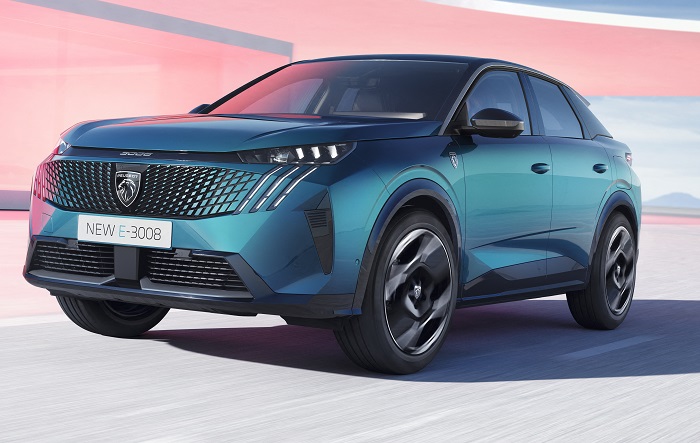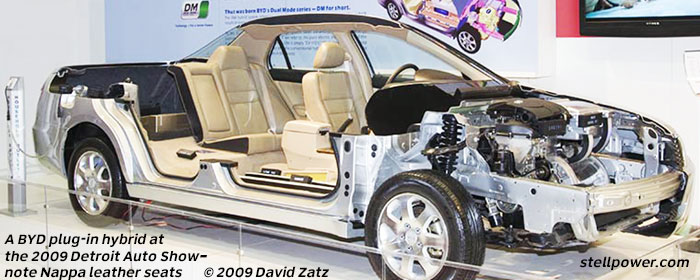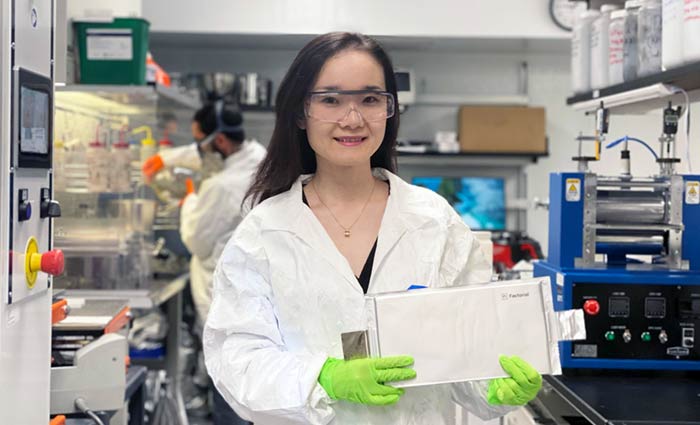While some secondary indicators and a good deal of complaining suggest that Americans aren’t buying into EVs at the rate automakers and regulators would prefer, Europeans seem to be transitioning over relatively quickly. EV sales went from 14% in 2022 to 18% in 2023, passing diesel’s share, according to the European automakers’ association.

The pioneering Chinese company BYD, which makes a full line of electric vehicles including popular buses, will be making electric cars locally in Hungary in 2026; they may start ramping up in late 2025. BYD, which displayed its wares at the Detroit Auto Show years ago, is spending $546 million on a new plant in Hungary, with help from the country’s government. A battery plant is being planned, subject to local regulations apparently aimed at preventing Chinese brands from dominating.
Range isn’t a major issue for some BYD buyers, since the company is on its third generation of battery swapping machines. Battery swaps could be the ideal solution for city transit vehicles including taxis.

In the short term, there may be some supply issues with EVs in Europe, since key components come from China—especially for Tesla and Volvo; Tesla has a large factory in China, while Volvo is owned by a Chinese company. Iranian-backed terrorists have been slowing deliveries by ship.
Back in North America, it seems likely that EV sales will continue to be slow as opponents are quite vocal and some news networks spotlight every crash, fire, and failure to start, while social media continues to highlight the vehicles’ downsides. A breakthrough might come around 2027 as major automakers, including Toyota and Stellantis, are expected to start making solid-state battery based cars. That said, it’s quite possible that EV sales are actually increasing even in the US, even if Ford is having some issues and GM is having supply chain issues. Tesla’s price drops have spurred sales, and Hyundai is continuing to invest in EVs.
Long term issues for EV buyers

Over time, some manufacturers are likely to be better than others to buy from, depending on how much foresight the engineers and executives had. For example, some automakers use batteries that can be repaired if damaged—such as GM’s Ultium design. Some will use better battery designs and better software to keep them alive for longer periods; some will be easier to swap; and some will be better protected.
Some people have a better use case than others for EVs. Stop-and-go commutes, especially long ones, make good use of regenerative braking; long periods spent idling mean only powering climate control, not keeping a motor running and generating heat even in summer; and high acceleration is easy for many EVs. Those making frequent 400-mile trips, towing heavy loads up mountains, and frequently running in extreme cold are not ideal buyers.
Automakers and car dealers are currently lobbying to have the U.S. regulators reduce their target rate for EV adoption—currently around 50% by 2030. Their efforts are likely to succeed, especially if commercial vehicles have a higher rate of adoption or if hydrogen proves to be a good alternative—or if gasoline powered vehicles dramatically improve in average (nation-wide) fuel economy.
Update: EVs set a new record in the US, with 1.2 million sold in 2023, bringing market share from 2022’s 5.9% to 7.6%. In the fourth quarter, when most media claimed EVs had stalled in sales, market share was 8.1%, a new record.
Discover more from Stellpower - that Mopar news site
Subscribe to get the latest posts sent to your email.
